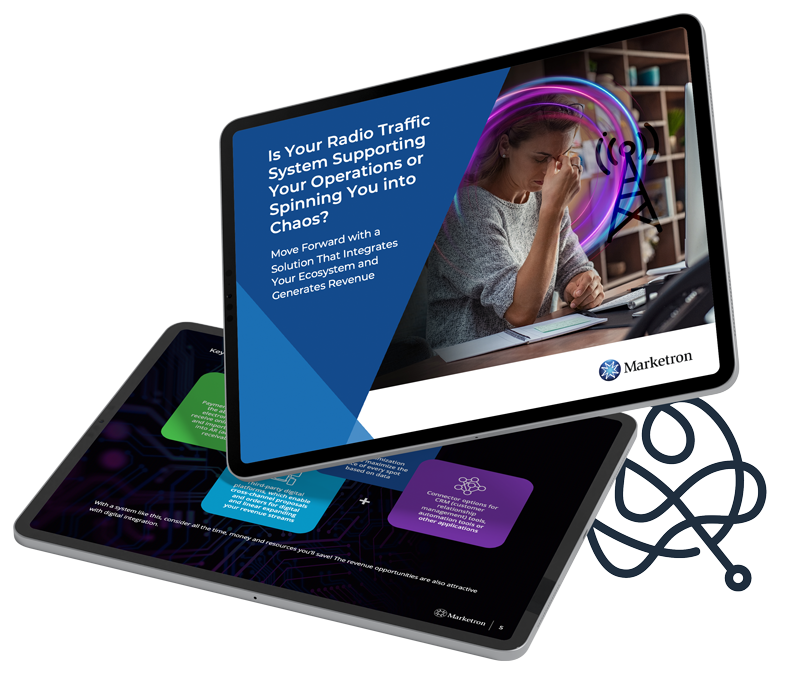As the radio industry modernizes its processes, it should also modernize the technology tools it counts on to manage OTA (over-the-air) spots. Radio traffic software began as a simple tool for scheduling ads within programming. Now, it’s the center of the ecosystem, enabling stations to optimize revenue, streamline workflows and consolidate processes.
These are the gains anyone should expect to yield with their software, but you may not be so confident that your system checks all the boxes. Are you really getting the most out of your radio traffic software?
What Should Radio Traffic Software Be Doing for You?
It’s time to advance the expectations on radio traffic solutions. Modern solutions do much more than scheduling and logging. These new features deliver tangible benefits — more revenue, increased efficiencies and the ability to connect to other platforms.
Your traffic system is letting you down if it doesn’t align with the way you work and doesn’t make everything simpler.
As you evaluate your existing system and its gaps, these are the things that traffic software should provide.
It should be an end-to-end solution.
The traffic environment is dynamic, so your software should support the entire life cycle, including automation of order entry, invoicing and spot time delivery reports. It also needs to connect to an electronic invoicing and payment system. Plus, you want a platform that processes network orders and affidavits, eliminating most credits and makegoods.
Integration is essential for streamlining and consolidating.
If your traffic software has no or limited integration capabilities, you’re doing more work than you should. Those built with flexible architecture can connect to other systems to ensure all pieces of the puzzle fit together. Integration options should include:
- Payment solutions with the ability to invoice electronically and receive electronic payments
- Third-party digital platforms for sellers to create cross-channel proposals for linear and digital to capture more revenue efficiently
- Ecosystem connector options for connecting platforms like CRM (customer relationship management) systems, automation tools or other applications
Moving to the cloud ensures easy access, resiliency and more.
Is your radio traffic platform still an on-premises solution? Is that your only option? Staying with on-premises systems is becoming more expensive and complicated. Migrating to a cloud-based traffic system offers many benefits that make it easier to manage traffic operations:
- Redundant systems and frequent backups support business continuity.
- Users can securely access the system from anywhere.
- Cloud-based software saves you money in terms of hardware and maintenance.
- The newest version is always available.
- Layers of security keep your data safe.
An expert eye customizes the platform to work for you.
Another key question to consider is how optimized your traffic software is. Your current provider may just have off-the-shelf products. Every station is unique, so you may have gaps or issues with no support to make the system work for you. Only an expert can help with optimization through traffic consulting. With such an assessment, you can optimize your system for it to fully align with your structure, user types and needs.
Get a Better Traffic Software Solution to Propel Revenue and Efficiencies
A radio traffic solution should evolve and deliver innovation. If yours keeps falling behind, it’s time to reassess and move forward. This system is fundamental to your operations, so it should meet your requirements for today and tomorrow.
Staying with a traffic system that isn’t innovating and improving means you’re missing out on efficiency and revenue. See what’s possible by reading our e-book, Is Your Traffic System Supporting Your Operations or Spinning You into Chaos?







